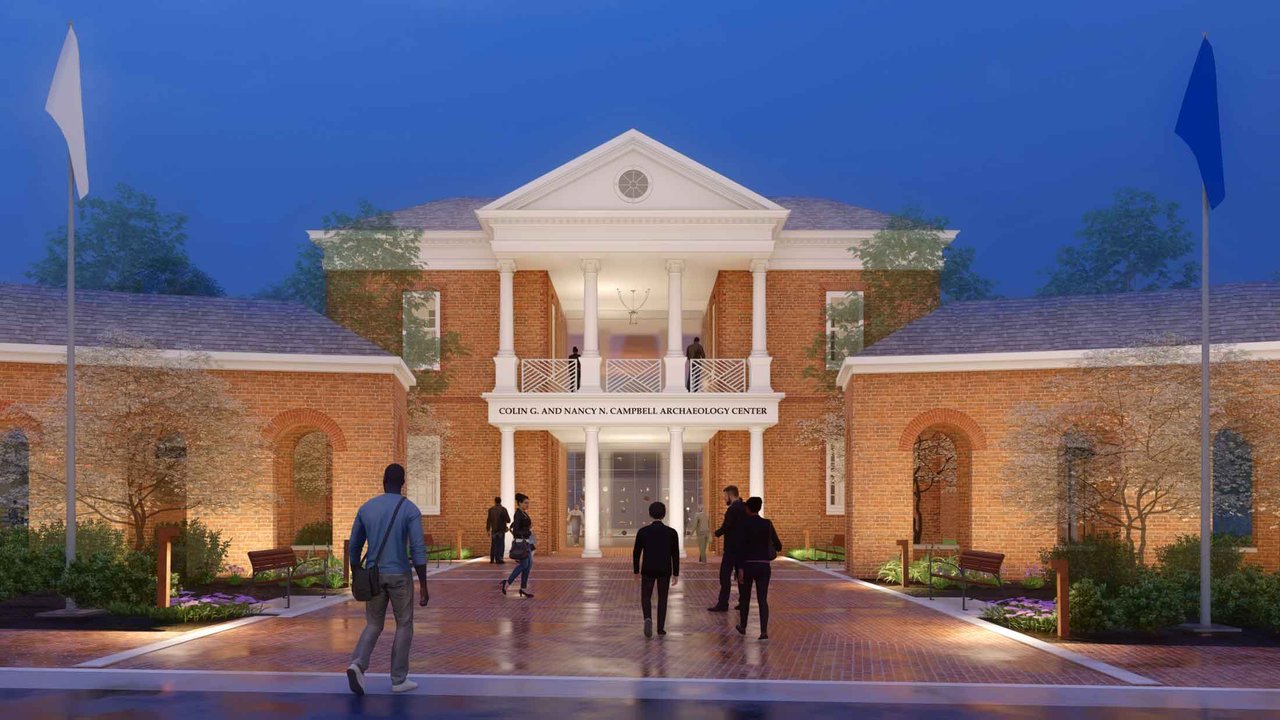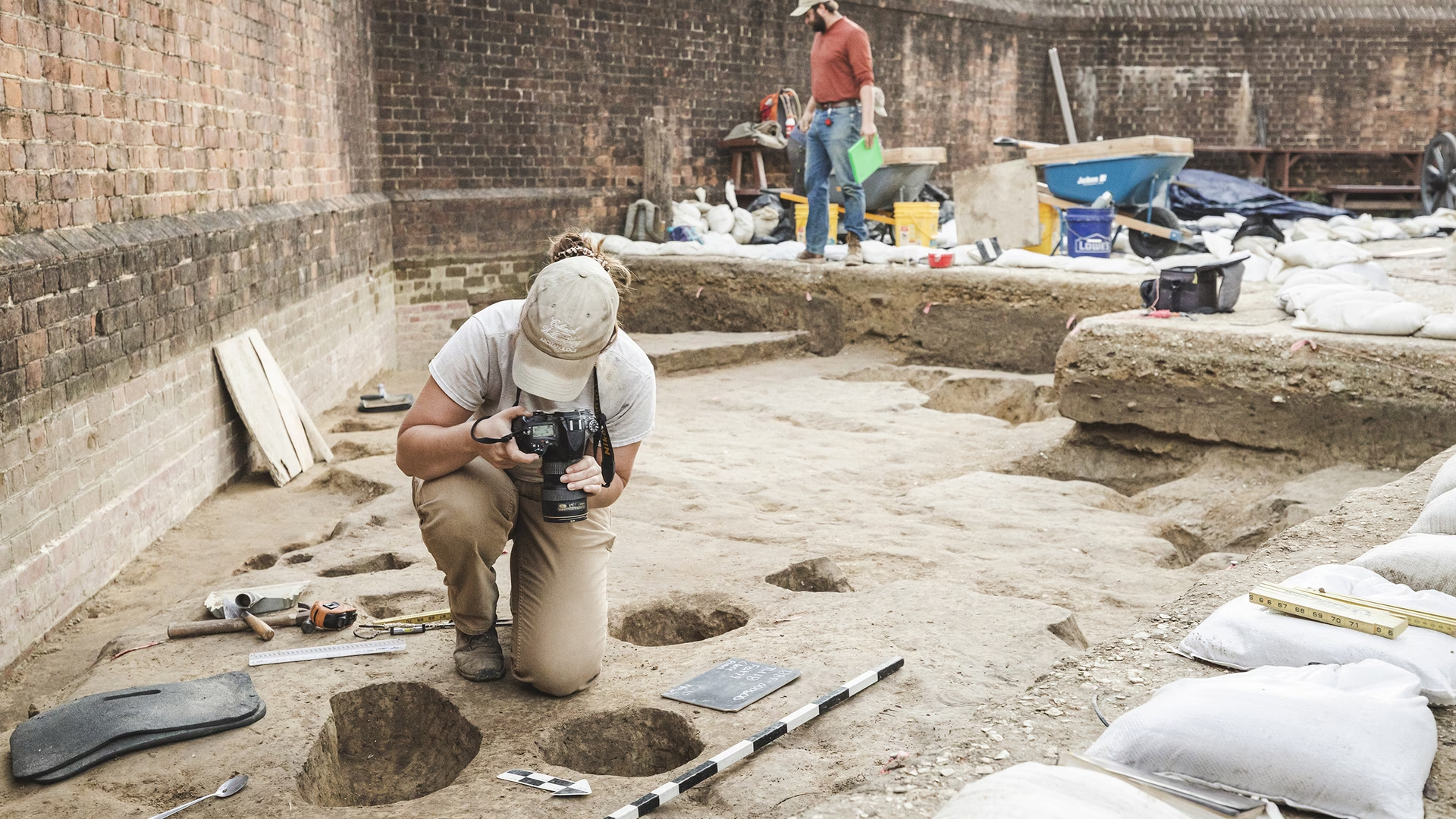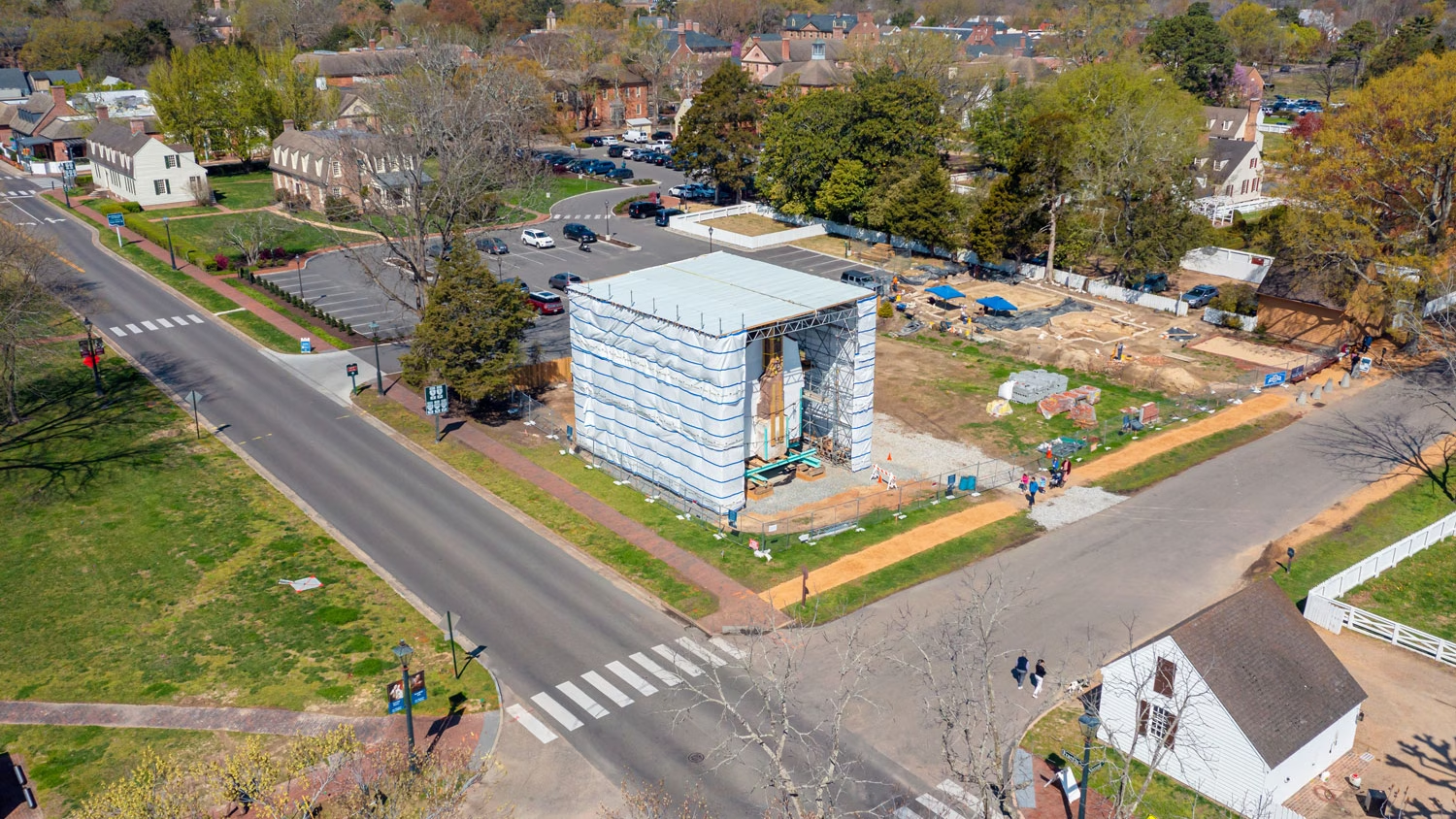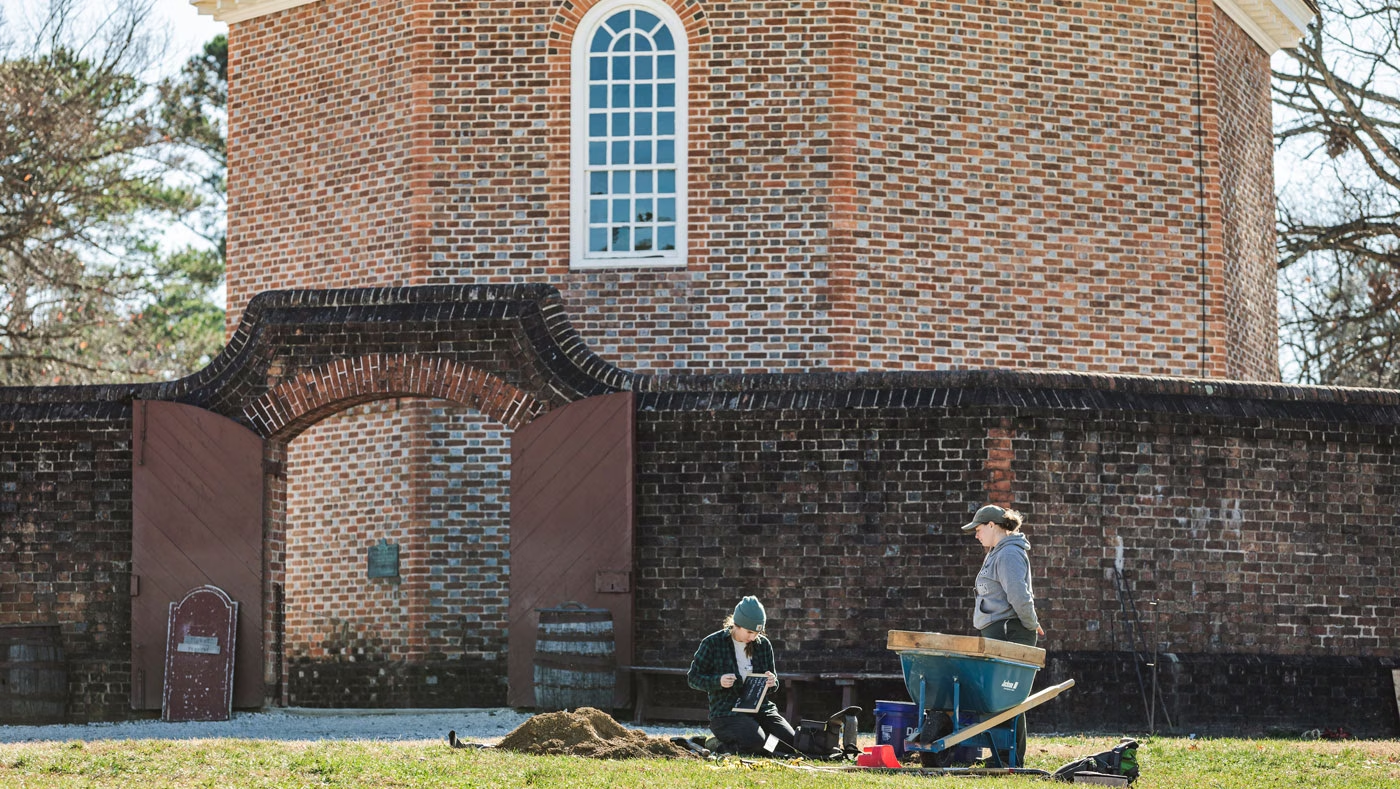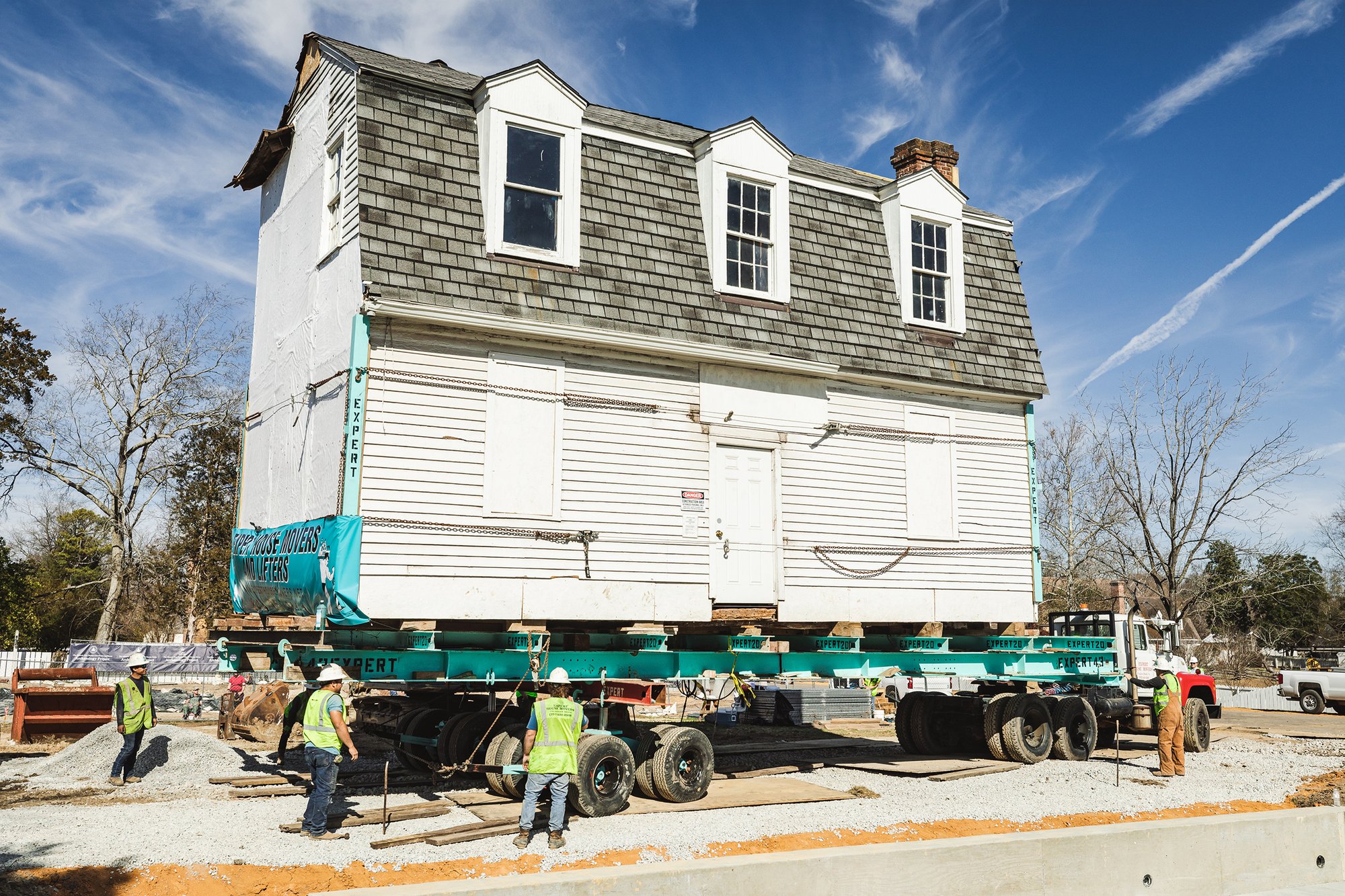
Preserving the Past
The Colonial Williamsburg Foundation brings history to life for new generations through careful research, conservation and preservation and by providing immersive programming and authentic resources for learners, educators and researchers throughout the world.
Explore Current Projects
The restoration and preservation of Williamsburg began in 1926 and has been ongoing ever since. Explore some of the projects currently underway.
Archaeology, Conservation & Preservation
Research, conservation and historic preservation lie at the heart of Colonial Williamsburg’s mission to present the stories of America’s origins. Every day, these investigations of the past reveal new facts that facilitate our understanding of this nation’s beginnings.
Archaeology
Excavations of historic sites began here in 1928. Discoveries continue today as we literally uncover things people owned, places they lived and even evidence of the specific plants they grew in their gardens, which enable us to better understand their world and their lives.
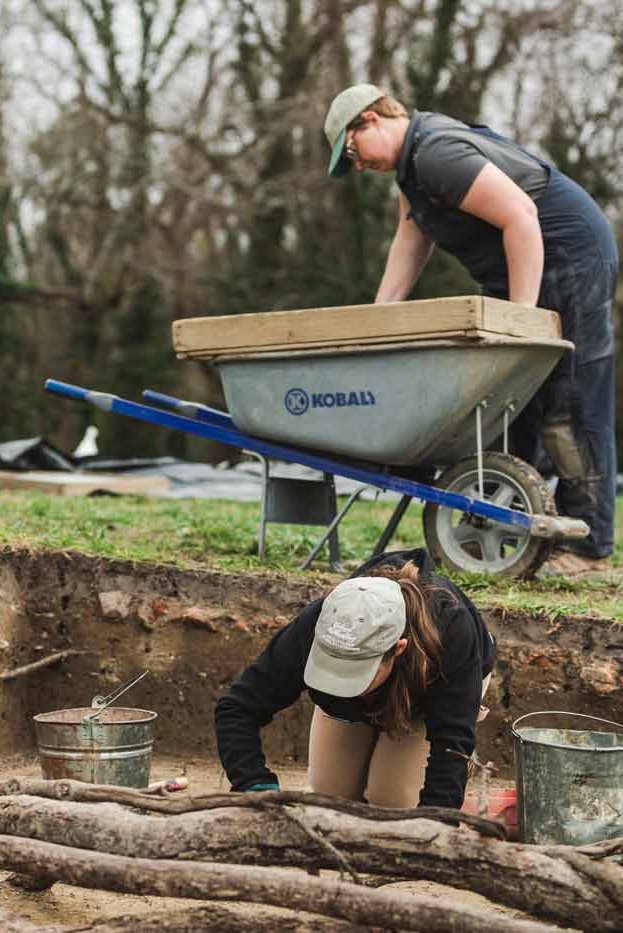
Conservation
Conservators and curators work together on research and preservation projects — with a little help from modern science — to understand and preserve Colonial Williamsburg’s historic artifacts and artistic works.
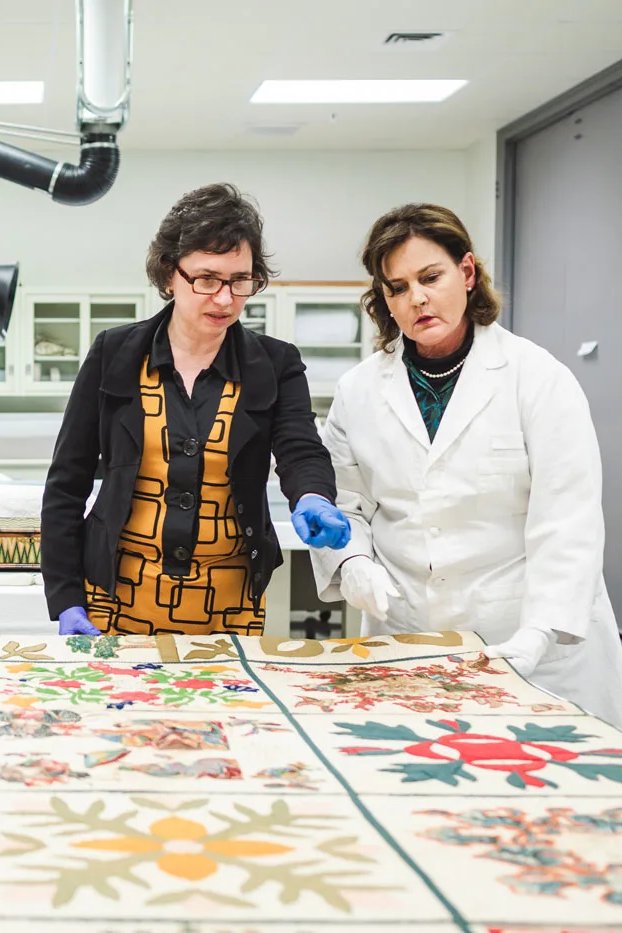
Preservation
Architectural historians’ research helps us see what 18th-century buildings looked like. Preservationists protect the structures that illustrate life in those times.
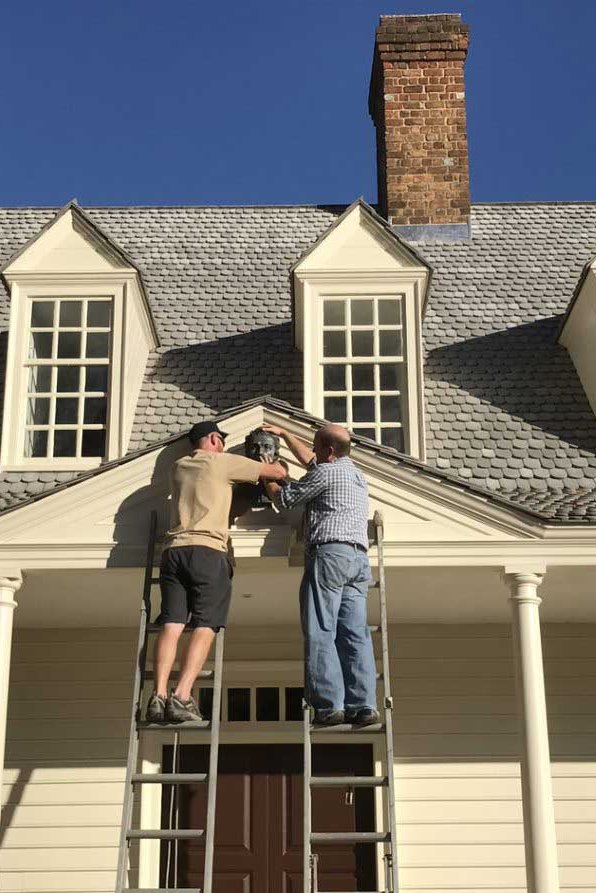
Arboretum & Gardens
More than 30 carefully maintained gardens and 25 period species of oak dot our 301 acre living history museum.Ongoing research and new archaeological techniques continue to improve our understanding of 18th-century Williamsburg gardens, which is reflected in the design and interpretation guests can enjoy and learn from throughout the year.

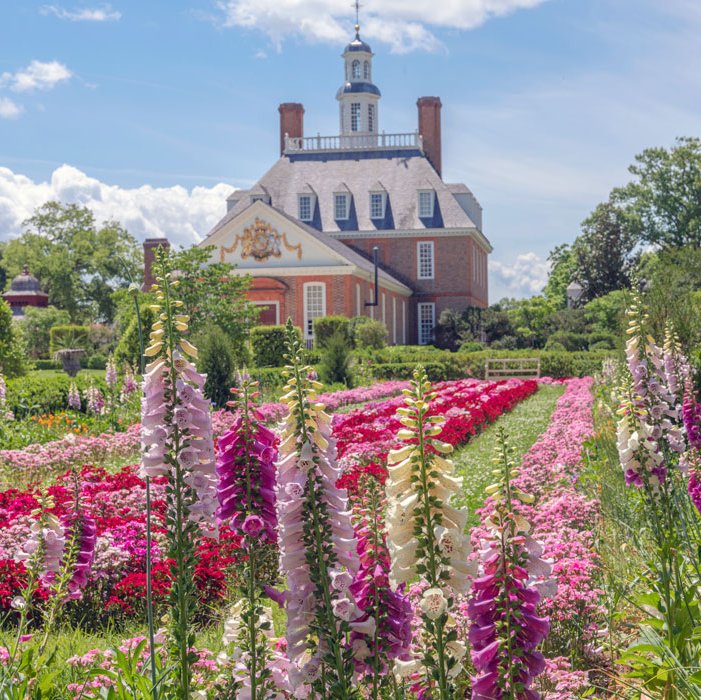
Rare Breeds
Founded in 1986, CW’s Rare Breeds program helps promote genetic diversity in livestock that research shows thrived in 18th-century colonial British America.

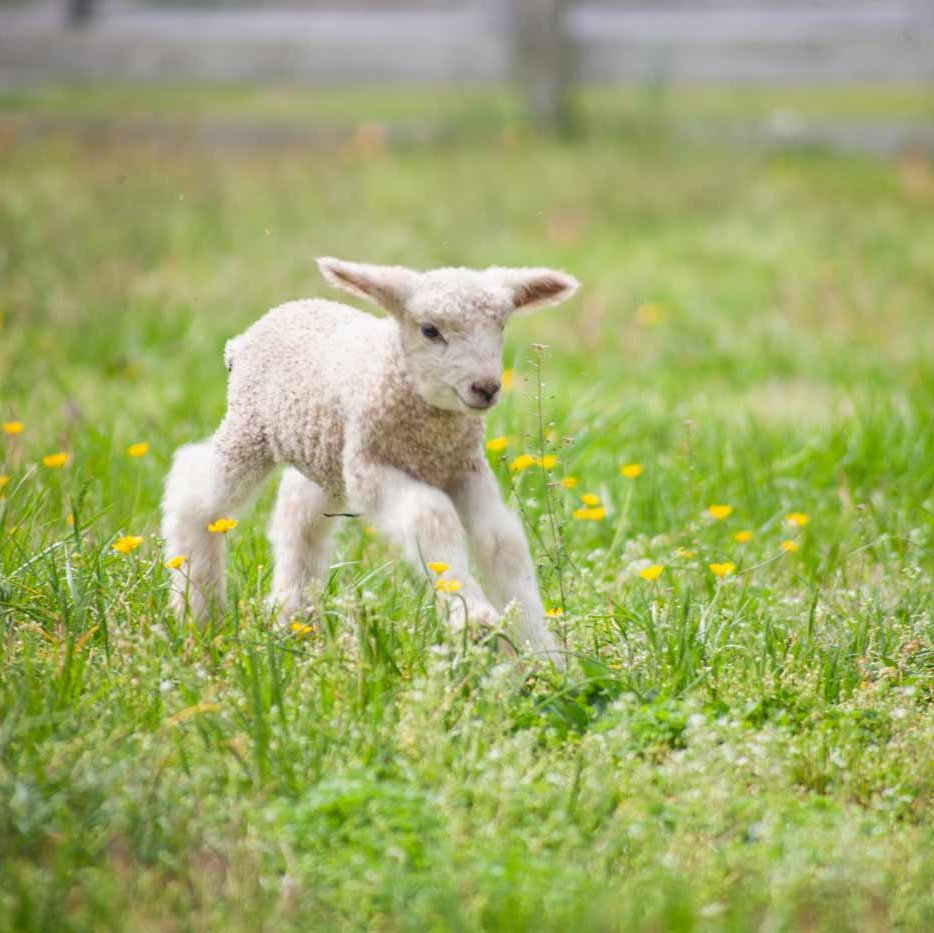
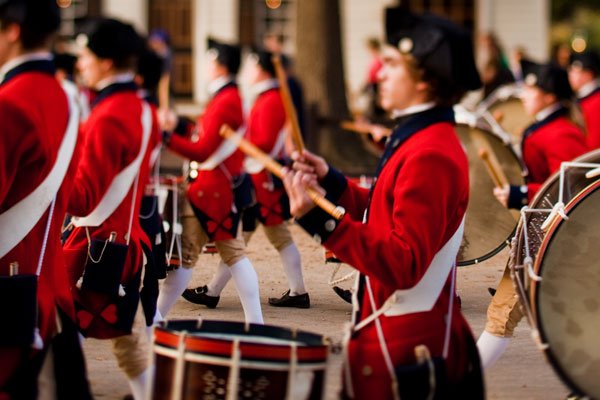
Fifes & Drums
In the 18th century, military field music acted as a melodic communication system that ordered the soldiers’ day and sent vital communications through the chaos of battle. Since 1958, Colonial Williamsburg has sustained this long history.
Colin G. and Nancy N. Campbell Archaeology Center
The center will be a one of a kind facility that ensures Colonial Williamsburg’s incomparable archaeology collection will be accessible to future generations of guests, scholars, and community members.
